-
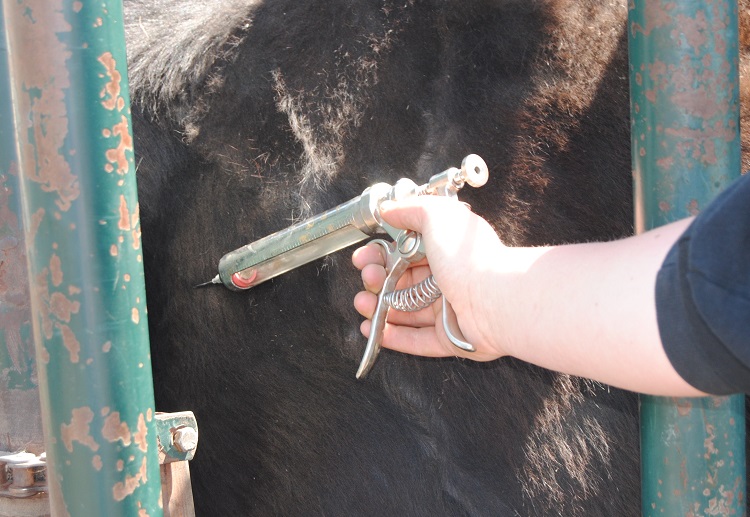
June 27, 2013Bruising and Injection Sites: Canada’s Beef Carcass Quality Audit This article written by Dr. Reynold Bergen, BCRC Science Director, originally...
Keep Reading -
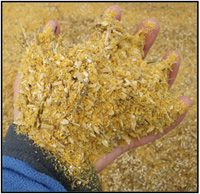
June 19, 2013Optimizing protein levels in diets containing distillers' grains Optimizing protein formulation in the diet of growing beef cattle is one of the most...
Keep Reading -
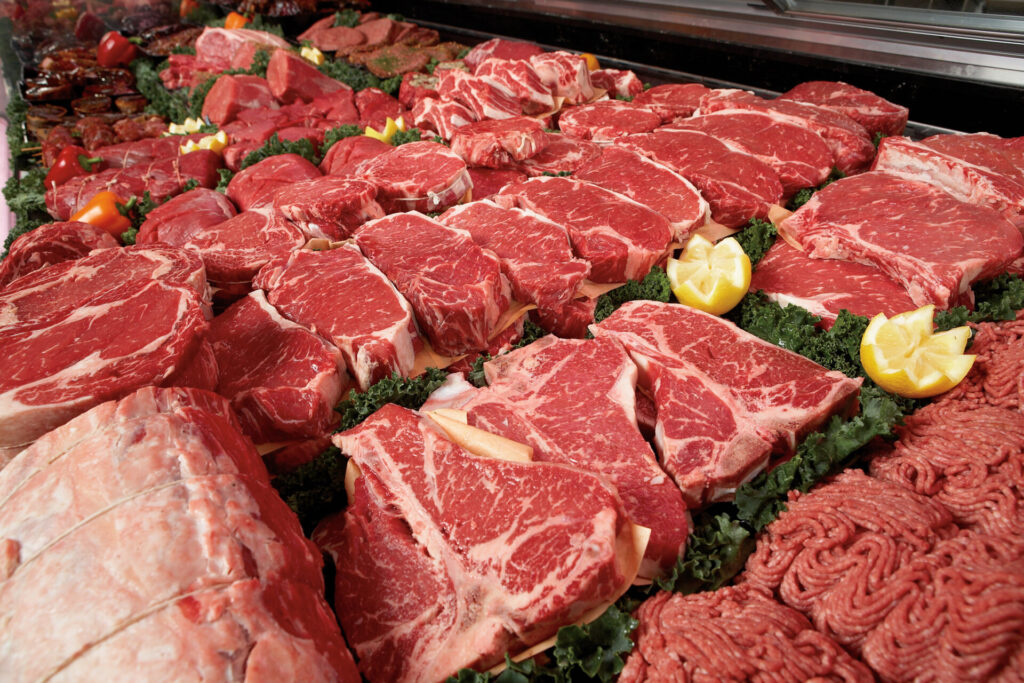
June 13, 2013Storage Life of Vacuum Packaged Beef Opportunities to trade Canadian beef to distant, overseas markets are increasing. Developing these markets...
Keep Reading -

June 10, 2013BCRC Welcomes Announcement of New Forage Research Chair For immediate releaseJune 10, 2013 Calgary, AB - The Beef Cattle Research Council (BCRC)...
Keep Reading -
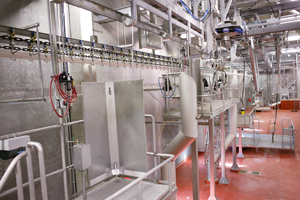
June 7, 2013On-farm E. coli O157:H7 Control? Editor's note: Following the recent release of the Independent Review of XL Foods Inc. Beef Recall 2012, we thought...
Keep Reading -
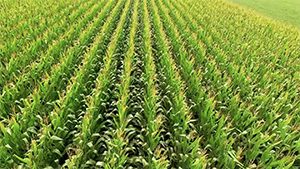
June 7, 2013Hay and Pasture Report: Alfalfa Weevils, Prairie Corn Silage & More The Saskatchewan Forage Council (SFC) just released a new issue of the...
Keep Reading -
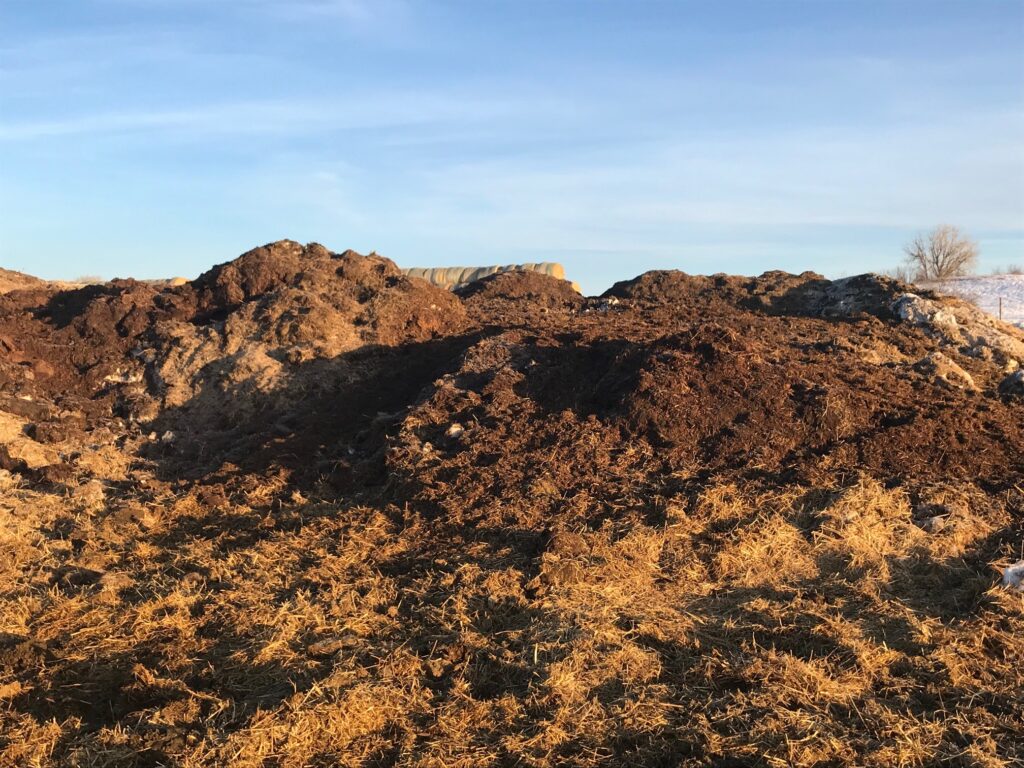
June 6, 2013Manure Application and Soil Nutrient Management: New Video Cattle manure is a valuable resource in agriculture when utilized properly. On an annual...
Keep Reading -
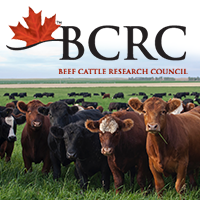
June 3, 2013Changes to the CFIA Anthrax Program This is a guest post written by Karin Schmid, Beef Production Specialist with the Alberta Beef Producers...
Keep Reading